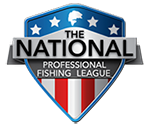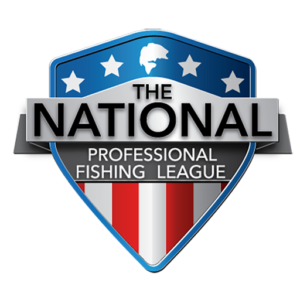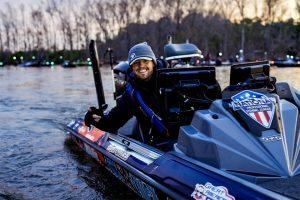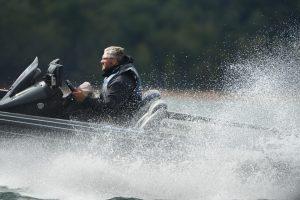Story by Matt Herren | Photos by Tanner & Travis Lyons
When I roll into a new fishery for a tournament, I don’t rely on luck or hunches—I rely on a system. Over the years, I’ve developed a disciplined process that helps me break down unfamiliar water and put myself in position to compete. For me, tournament prep boils down to three core phases: research, on-the-water preparation, and strategy execution. I don’t cut corners on any of them.
(1) Pre-Tournament Research
This phase starts weeks before I ever put the boat in the water. My goal here is to eliminate as much unproductive water as I can—before I even arrive.
The first place I go is Google Earth. I study contour lines looking for areas that match seasonal movements—creek channels, secondary points, flats, humps, and shallow backwaters. Then I go deeper. With the time-slider tool on Google Earth, I review past imagery to find things you won’t see in person—old roadbeds, submerged timber, grass edges exposed at low water.
While I’m doing that, I’m marking waypoints—high-percentage spots that match what I know about bass behavior during that particular season.
Next, I zoom out and look at the bigger picture. What stage are the fish likely in for that region and time of year? Is it pre-spawn, post-spawn, summer doldrums? I also dig into past tournament results—what patterns were productive, what weights were needed to cash a check or win, and what time of day the fish were most active.
Equally important is the type of waterbody. Am I headed to a highland reservoir, a grass lake, or a tidal river? Each one fishes differently and knowing that helps me refine my approach before I burn a drop of gas.
(2) Practice on the Water
Usually, I get two or three days of practice before the cutoff. Every minute counts.
My goal isn’t to catch fish in practice—it’s to find them. I use my electronics to scan water and locate life—structure, bait, or bass. I might run 50–60 miles a day just trying to eliminate dead zones.
I make it a point to fish multiple parts of the lake—the upper river, main lake, and backwaters. I want to see where the better-than-average bites are coming from and test different patterns: offshore structure, shallow flipping, topwater, finesse.
Every bite is evaluated: water temp, depth, clarity, wind direction, time of day, bait used. I rate every area for consistency and potential. This becomes my blueprint for building a tournament strategy.
(3) Tournament Strategy
Once practice ends, it’s about execution. I develop a primary game plan and a backup, and I prepare my gear for both.
My primary game plan is for the area and pattern that gives me the best odds for a solid limit—or a couple of kicker bites. I consider how fishing pressure, changing weather, or falling water might affect the bite. I’ve learned to never assume conditions will stay the same.
You’ve always got to have a “Plan B,” and it needs to be different enough to matter. If Plan A is offshore brush, then Plan B might be skipping docks or flipping shallow wood. When things go sideways, you need something to pivot to fast.
I rig every rod I might need, make sure my hooks are sharp, fresh knots are tied, and backups are ready. When the clock’s ticking, wasted time is lost opportunity.
Mindset Matters
No matter how solid the plan, tournaments always throw curveballs. Fish move. Weather shifts. What worked in practice might not work on game day. That’s where your mental game has to be strong. I fish to win—not by swinging for the fences on every cast, but by staying focused and adjusting as the situation demands.
Matt Herren – Angler Profile





